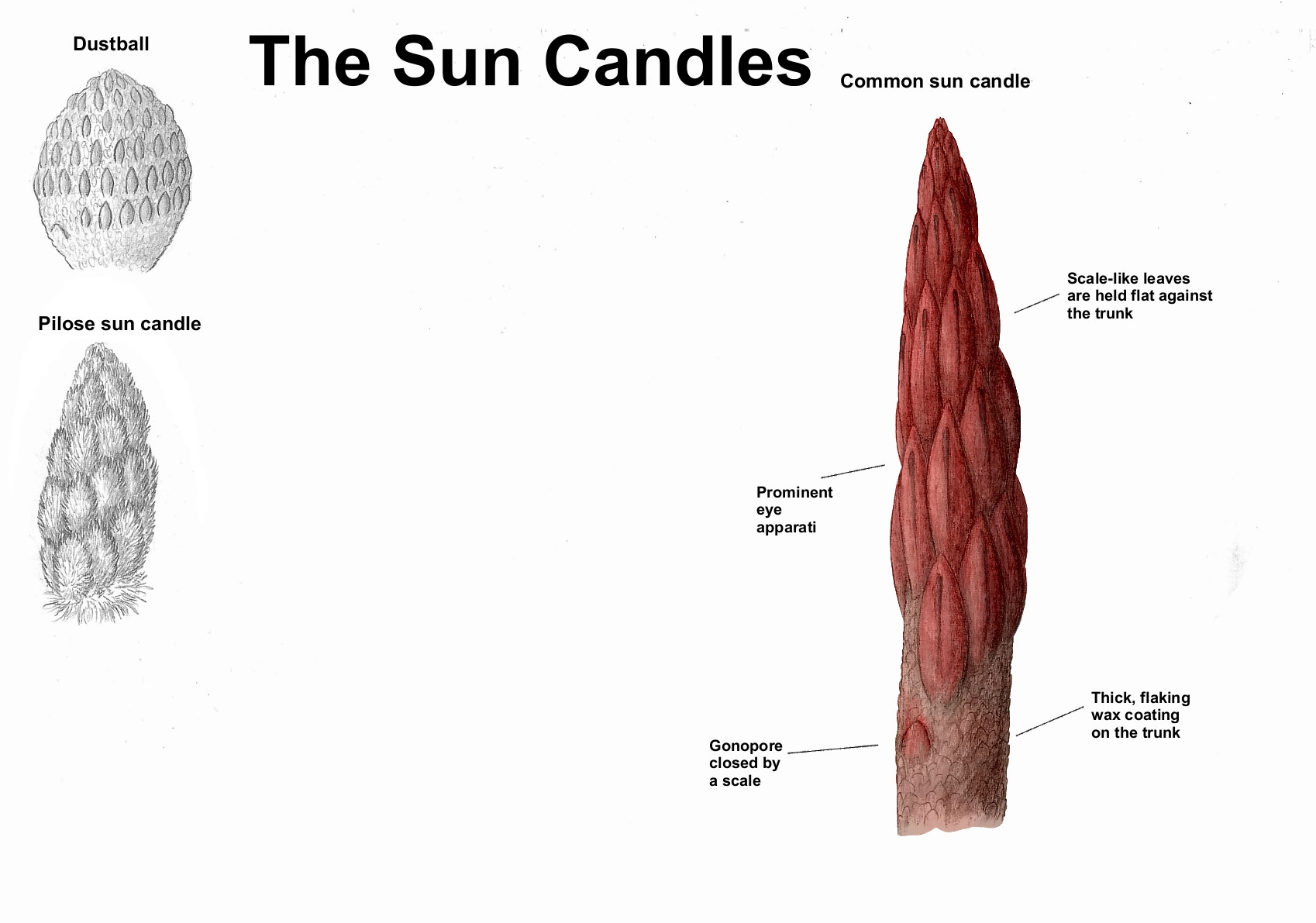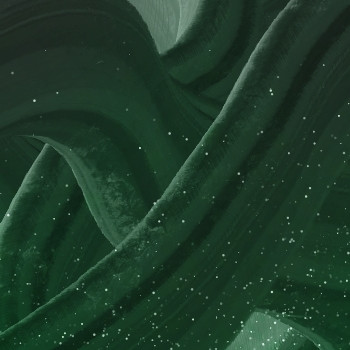HOME | DD
 Ramul — REP: The Sun Candles
Ramul — REP: The Sun Candles

#aliens #exobiology #xenobiology
Published: 2021-08-04 20:02:16 +0000 UTC; Views: 5782; Favourites: 80; Downloads: 11
Redirect to original
Description
Sun candles are a peculiar group of vermiphytes adapted for arid environments. With their body protected by a thick layer of wax and their thick leaves laid flat against it, containing an unique structure of cells moving in from the inner side to replace those on the outer before the UV radiation damages them too much, they are not uncommon in temperate and subtropical deserts alike. The more typical-shaped sun candle species are predominantly found in the temperate drylands, where they will usually form wax cocoons to protect themselves from the cold of winter. Their unusually well-developed eyes allow them to register light through their cocoons, which will be shrugged off with leaf movements once the days have become long enough. Sun candles live in close association with tiny, nocturnal pneumonopteres, which seek shelter behind the leaves during the day and are also responsible for their host's fertilisation; in some species, the pneumonopteres will also defend their sun candle from herbivores.
Dustball: A species with a particularly large body that contains water reserves. The leaves are fairly small, but each covers a cavity that serves as a shelter for a toxic pneumonoptere species that will eagerly use these toxins against anyone interested in tapping into their home's water reserves.
Pilose sun candle: A subtropical species where the leaves themselves are covered in white hair that protects the sun candle both from heat and UV radiation. It and the few related subspecies are pretty successful, competing with the older eophyte clade in their habitats. The sun candles are able to grow faster, but eophytes have superior protection from herbivores and an edge when it comes to water management.


























